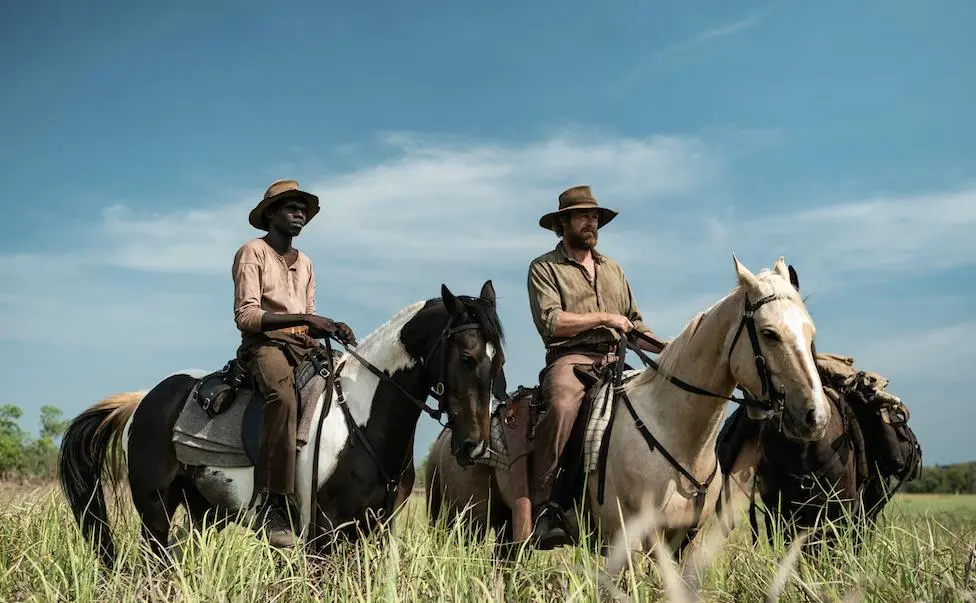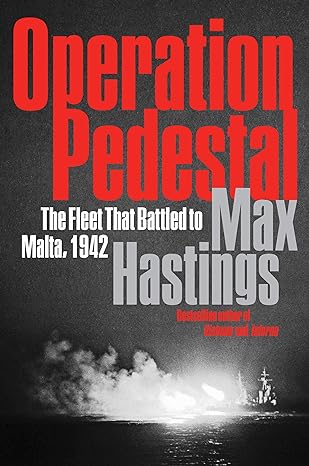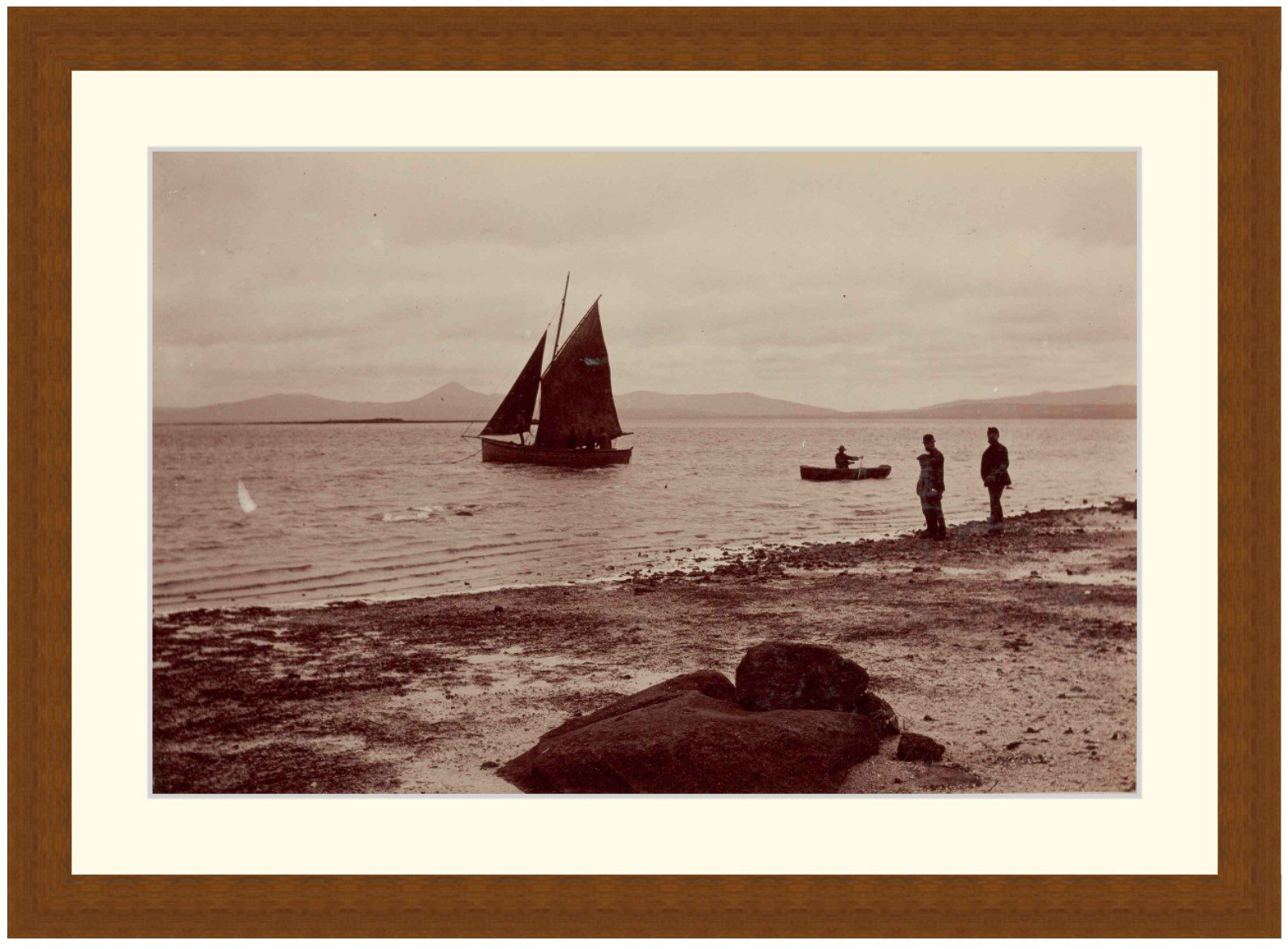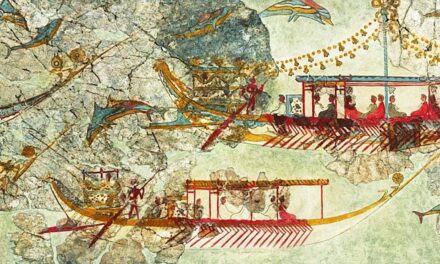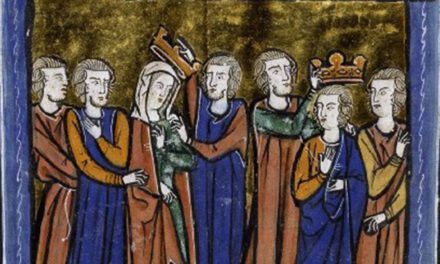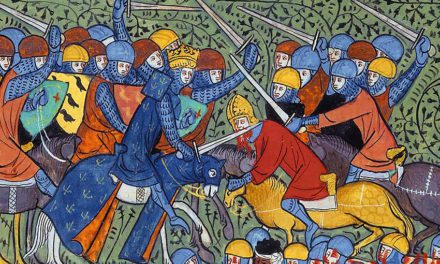The History Guild Weekly History Quiz.
See how your history knowledge stacks up.
Have an idea for a question? Suggest it here and we’ll include it in a future quiz!
Want to know a bit more about the questions in the quiz, or the story behind them? Read on!
1. The ancient city of Salzburg was founded on which industry?
Salt mining – The name Salzburg translates literally to “Salt Castle”.
2. What was the largest battle of the Napoleonic Wars?
Battle of Leipzig – The Coalition armies of Austria, Prussia, Sweden, and Russia, led by Tsar Alexander I and Karl von Schwarzenberg, decisively defeated the Grande Armée of French Emperor Napoleon I. Napoleon’s army also contained Polish and Italian troops, as well as Germans from the Confederation of the Rhine (mainly Saxony and Württemberg). The battle was the culmination of the German Campaign of 1813 and involved 500,000 soldiers, 2,200 artillery pieces, the expenditure of 200,000 rounds of artillery ammunition, and 127,000 casualties, making it the largest battle in Europe prior to World War I.
Decisively defeated again, Napoleon was compelled to return to France while the Sixth Coalition kept up its momentum, dissolving the Confederation of the Rhine and invading France early the next year. Napoleon was forced to abdicate and was exiled to Elba in May 1814.
3. Around what year did humans first reach New Zealand (Aotearoa)?
1280AD – The first people to arrive in New Zealand were ancestors of the Māori. The first settlers probably arrived from Polynesia between 1200 and 1300 AD with most evidence pointing to around 1280AD. They discovered New Zealand as they explored the Pacific, navigating by the ocean currents, winds and stars.
4. Where was the Thirty Years War primarily fought?
Germany – The Thirty Years’ War was fought primarily in modern Germany and Central Europe. Estimates of total military and civilian deaths range from 4.5 to 8 million, mostly from disease or starvation, while it has been suggested that up to 60% of the population died in some areas of Germany. It originated in the long-running contest between Austro-Spanish Habsburgs and French Bourbons with subsidiary religious disagreements also contributing. It ended in the Peace of Westphalia.
5. What was the subject of the 1783 Zong trial?
An insurance claim for the value of slaves thrown overboard. – The British slave ship Zong was owned by the Gregson slave-trading syndicate, based in Liverpool. As was common business practice, they had taken out insurance on the lives of the enslaved people as cargo. According to the crew, when the ship ran low on drinking water following navigational mistakes, the crew threw enslaved people overboard into the sea.
Zong’s owners made a claim to their insurers for the loss of the enslaved people. When the insurers refused to pay, the resulting court cases (Gregson v Gilbert, 1783) held that in some circumstances, the murder of enslaved people was legal and that insurers could be required to pay for those who had died. Read more about this here: How the shadow of slavery still hangs over global finance.
6. What was the primary weapon of a Panzer I?
7.92mm MG13 – The Panzer I’s performance in armored combat was limited by its thin armour and light armament of two machine guns, which were never intended for use against armoured targets, rather being ideal for infantry suppression, in line with inter-war doctrine. As a design intended for training, the Panzer I was less capable than some other contemporary light tank designs.
7. Which Roman Emperor legalised Christianity in the Roman Empire?
Constantine I – Constantine was the first emperor to stop the persecution of Christians and to legalise Christianity, along with all other religions/cults in the Roman Empire. In February 313, he developed the Edict of Milan, which removed penalties for professing Christianity and it returned confiscated Church property.
8. Which aircraft is this?
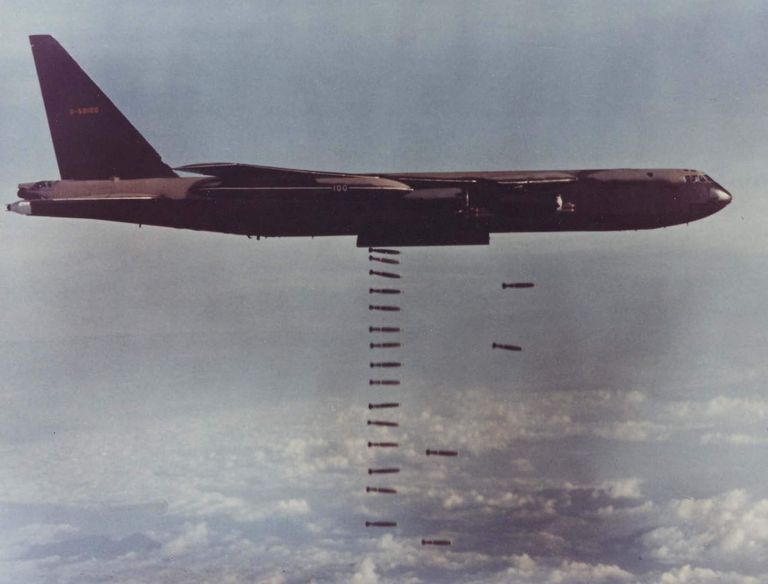
Boeing B-52 Stratofortress – Introduced to service in 1955 the B-52 was designed as a nuclear bomber. It has undergone many changes and is still in active service, with plans in place for it to continue in use until the 2050’s.
This aircraft is taking part in Operation Linebacker II in 1972. A total of 741 B-52 sorties were dispatched to bomb North Vietnam, with 15 B-52’s shot down.
9. Which British Prime Minister survived an IRA assassination attempt?
Margaret Thatcher – On 12 October 1984 at the Grand Brighton Hotel in Brighton, England a long-delay time bomb was planted by IRA member Patrick Magee, with the purpose of killing Prime Minister Margaret Thatcher and her cabinet, who were staying at the hotel for the Conservative Party conference. Although Thatcher narrowly escaped the blast, five people connected with the Conservative Party were killed, including a sitting Conservative MP, and 31 were injured.
10. What caused the 1816 “Year without a Summer”?
The Eruption of Mount Tambora in the then Dutch East Indies. – 1816 was a year of severe climate abnormalities that caused average global temperatures to decrease by 0.4–0.7 °C. Summer temperatures in Europe were the coldest on record between the years of 1766–2000 which resulted in major food shortages across the Northern Hemisphere. This was predominantly a volcanic winter event caused by the massive 1815 eruption of Mount Tambora in the Dutch East Indies (known today as Indonesia). This eruption was the largest in at least 1,300 years.
Articles you may also like
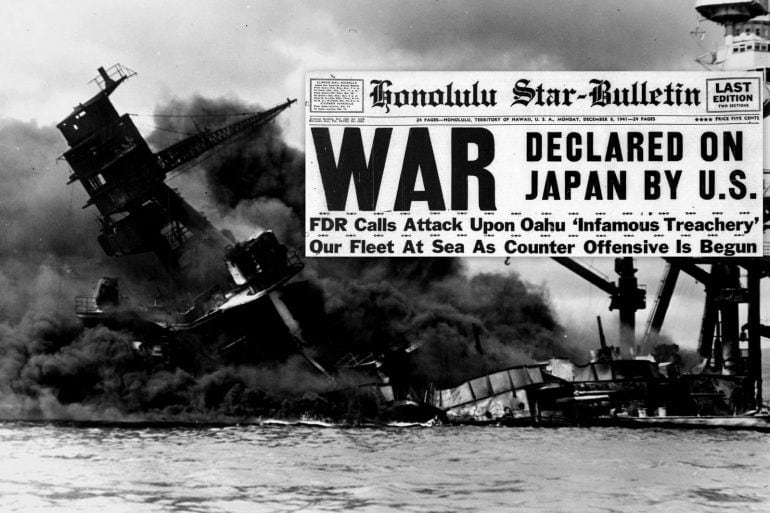
PEARL HARBOR AND AMERICA’s ENTRY TO WAR
Reading time: 6 minutes
The commemoration of the 80th anniversary of the attack on Pearl Harbor also marks the United States’ entrance into the Second World War, forever changing the course of the ultimate conflict.
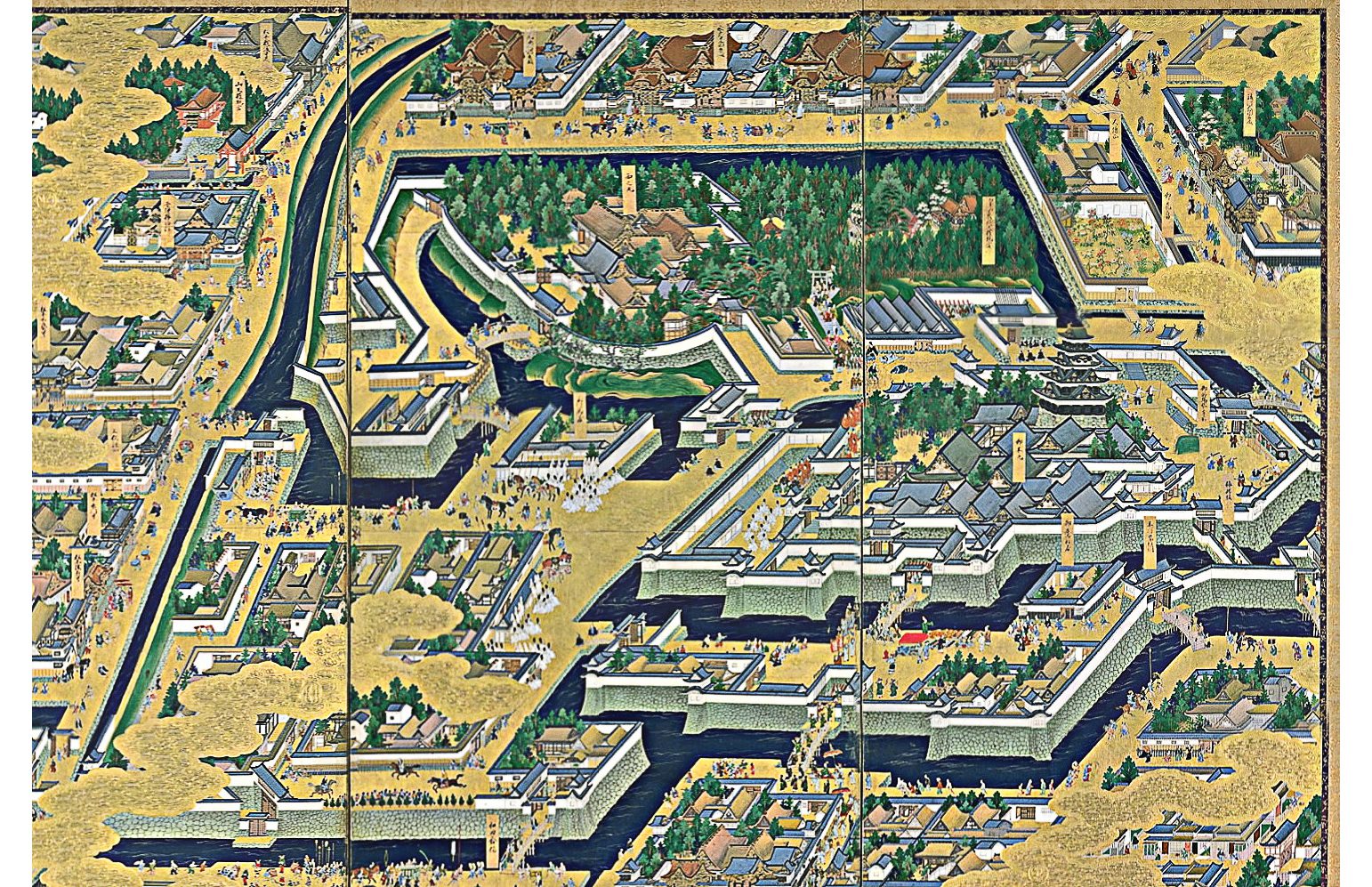
General History Quiz 78
History Guild General History Quiz 78See how your history knowledge stacks up! Want to know more about any of the questions? Once you’ve finished the quiz click here to learn more. Have an idea for a question? Suggest it here and we’ll include it in a future quiz! The stories behind the questions 1. What […]


